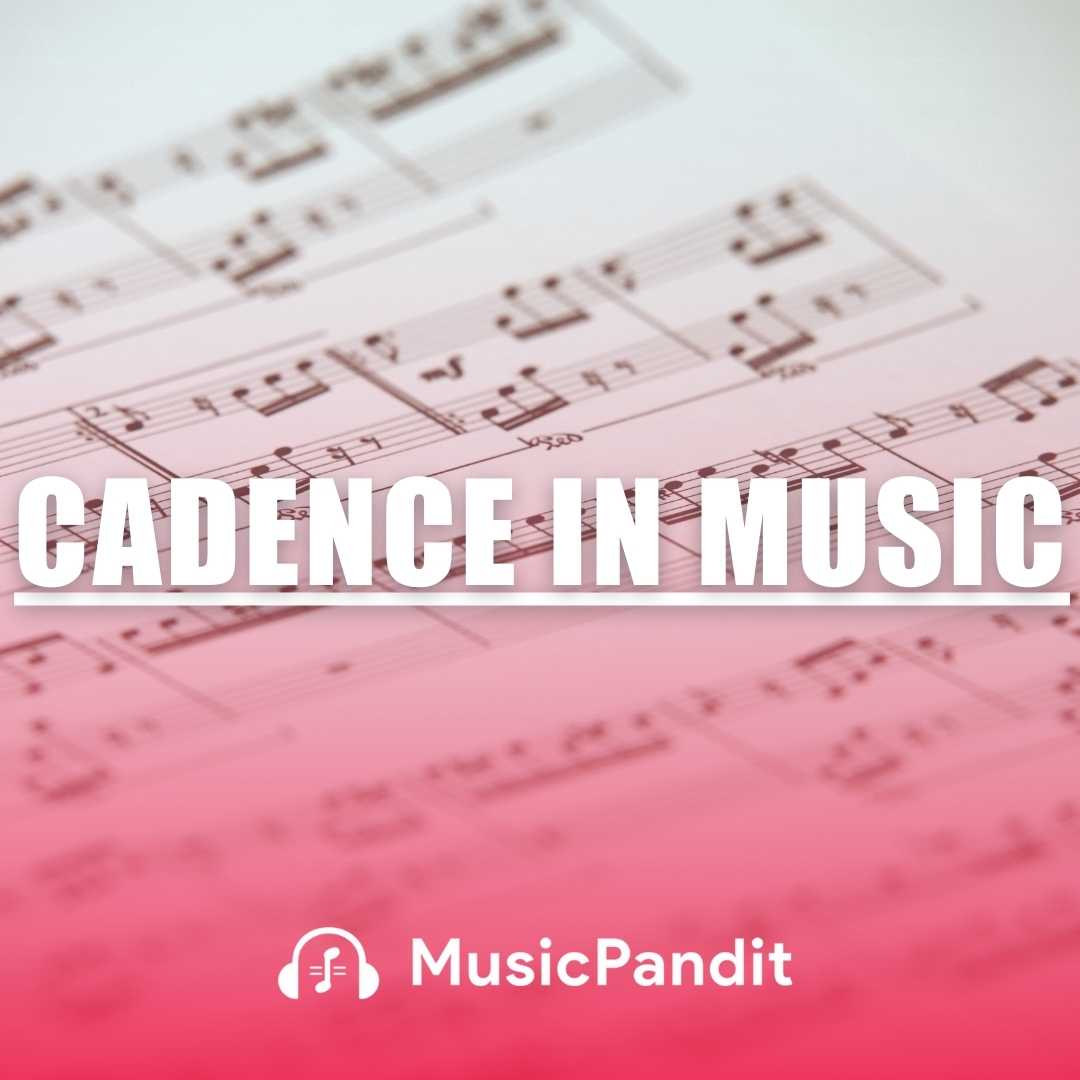The world of music is a vast and beautiful landscape filled with an array of scales, each with its unique character and sound. One of the most fundamental and versatile scales in music theory is the chromatic scale.
In this article, we will take a deep dive into the chromatic scale, exploring its definition, types, construction, and its significance in music composition and performance.
What is the Chromatic Scale?
The chromatic scale is a fundamental musical scale consisting of all twelve pitches within a single octave, including both the natural notes (e.g., C, D, E) and the sharps/flats (e.g., C#/Db, D#/Eb).
In essence, it is a scale that includes every possible pitch, creating a continuous sequence of half steps or semitones. This means that there is no “space” between the notes in a chromatic scale; they are as close together as possible.
Types of Chromatic Scales
1. The Ascending Chromatic Scale
The ascending chromatic scale is the most common form of the chromatic scale. It is usually played or written from the lowest to the highest pitch within an octave. Here is an example of an ascending chromatic scale starting on C:
C – C# – D – D# – E – F – F# – G – G# – A – A# – B – C
2. The Descending Chromatic Scale
The descending chromatic scale, as the name suggests, is the reverse of the ascending scale. It is played or written from the highest to the lowest pitch within an octave. Using the same starting note, C, here is an example of a descending chromatic scale:
C – B – Bb – A – Ab – G – Gb – F – E – Eb – D – Db – C
3. The Enharmonic Chromatic Scale
Enharmonic chromatic scales involve notes that are written differently but sound the same due to the use of accidentals (sharps and flats). For instance, C# and Db are enharmonic equivalents because they are played at the same pitch, even though they have different names.
Construction of the Chromatic Scale
The chromatic scale is constructed by successively adding half steps to a starting note. A half step, also known as a semitone, is the smallest interval in Western music. It represents the distance between any two adjacent notes on a piano keyboard or the frets of a guitar.
Here’s how you can construct a chromatic scale:
- Begin with a starting note (e.g., C).
- Add a half step to the starting note to get the next note in the scale (e.g., C#).
- Continue adding half steps until you’ve included all twelve notes within the octave.
- Repeat the starting note at the end of the scale to complete the octave.
This construction process results in a series of notes that are evenly spaced by half steps, creating a smooth and continuous musical sequence.
Significance of the Chromatic Scale
The chromatic scale plays a crucial role in music for several reasons:
1. Key Modulation
Musicians use the chromatic scale to modulate between different keys. By including all possible pitches, the chromatic scale provides a bridge between different tonal centres, allowing composers and performers to transition smoothly from one key to another.
2. Ornamentation and Expression
In melody and harmony, chromatic notes are often used to add expressiveness and ornamentation to music. These notes create tension and resolution, adding emotional depth to compositions. They are frequently used in jazz, blues, and classical music to convey complex emotions and moods.
3. Chromaticism in Composition
Composers often incorporate chromaticism into their works to break away from the constraints of diatonic scales (scales based on a specific key). Chromaticism allows for greater harmonic and melodic flexibility, enabling composers to explore unique and innovative musical ideas.
4. Jazz and Blues
Chromaticism is a defining characteristic of jazz and blues music. Jazz musicians frequently use chromatic passing tones and embellishments to create the distinctive “blue notes” that define the genre. The chromatic scale serves as the foundation for improvisation in jazz, providing infinite possibilities for creative expression.
5. Learning and Ear Training
For music students and aspiring musicians, the chromatic scale is an essential tool for ear training and developing a strong sense of pitch. It helps train the ear to distinguish between the subtle differences in pitch and aids in the development of aural skills.
Practical Applications
Understanding and mastering the chromatic scale can open up a world of possibilities for musicians. Here are some practical applications:
1. Technique Development
Practising the chromatic scale is an excellent way to improve finger dexterity and technical proficiency on various instruments, including the piano, guitar, and woodwinds. It challenges the player to navigate all twelve pitches efficiently.
2. Improvisation
In genres like jazz and blues, improvisation is a central element of musical performance. Musicians use the chromatic scale as a playground for creative improvisation, exploring new melodies and harmonies in real-time.
3. Composition
Composers can use the chromatic scale to add colour, tension, and complexity to their compositions. It allows for the creation of unique and distinctive harmonic progressions and melodies that can captivate the listener’s ear.
4. Understanding Harmony
Studying the chromatic scale is essential for understanding complex harmonic structures in music. It provides insight into advanced chord progressions and helps musicians make informed choices when arranging or harmonising a piece of music.
Conclusion
The chromatic scale is a fundamental and versatile element of music theory that transcends genres and styles. Whether you’re a beginner musician looking to improve your technical skills or an experienced composer aiming to push the boundaries of musical expression, the chromatic scale is a valuable resource.
By understanding its construction, appreciating its significance in music, and applying it in practical contexts, you can unlock new horizons of creativity and artistry in your musical journey. Embrace the chromatic scale as a powerful tool in your musical arsenal, and let it inspire you to explore the boundless possibilities of sound.














